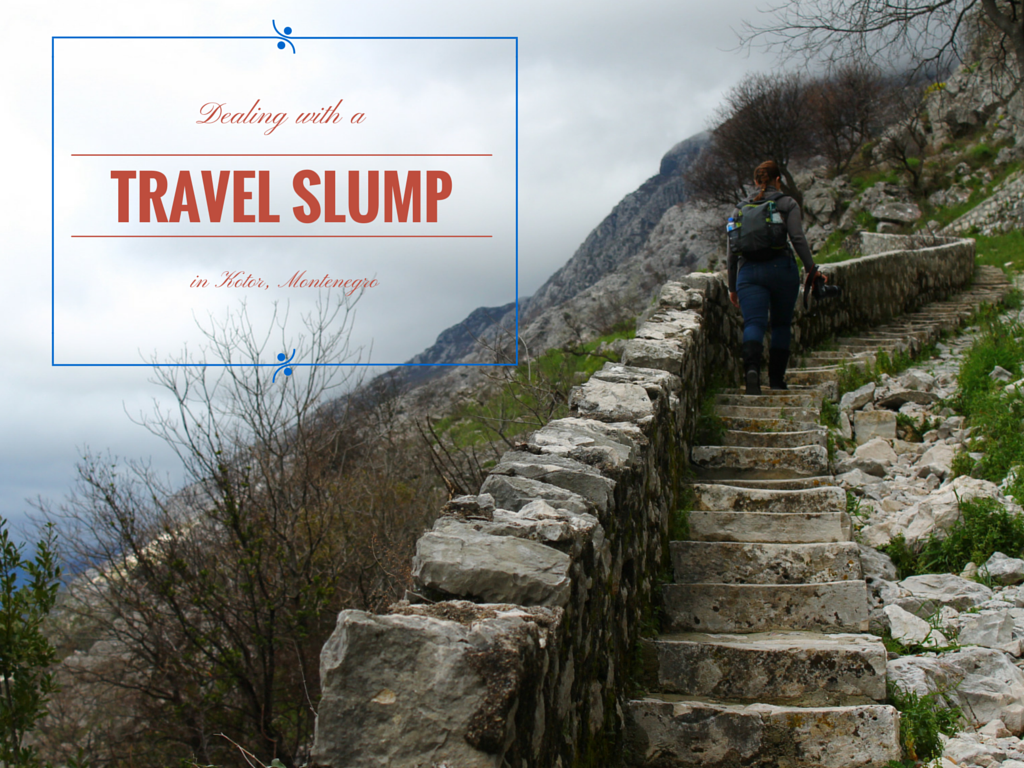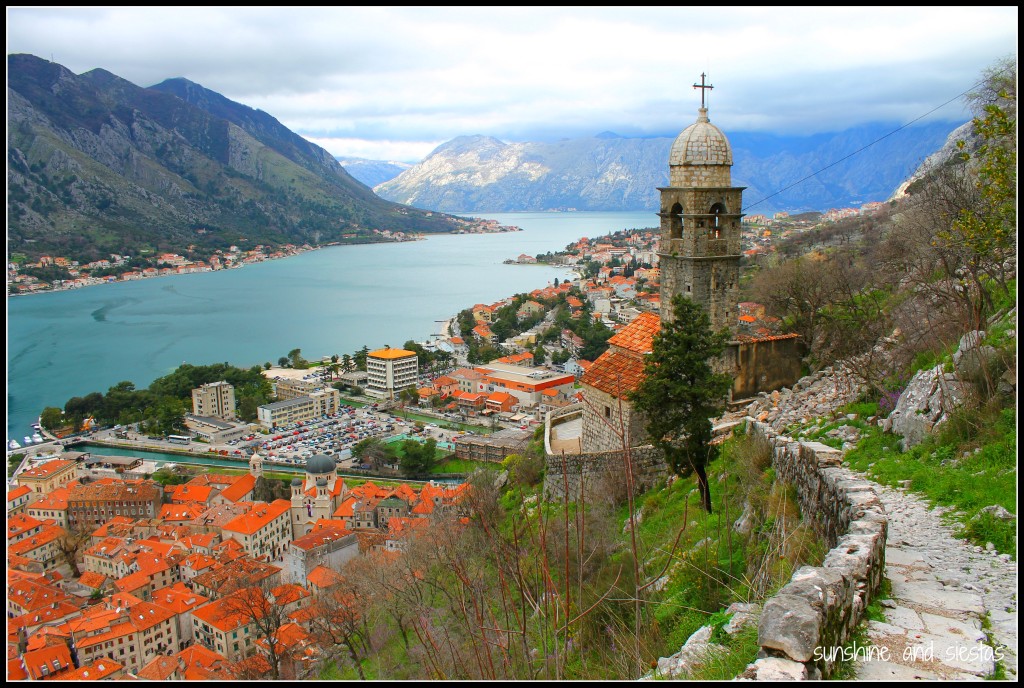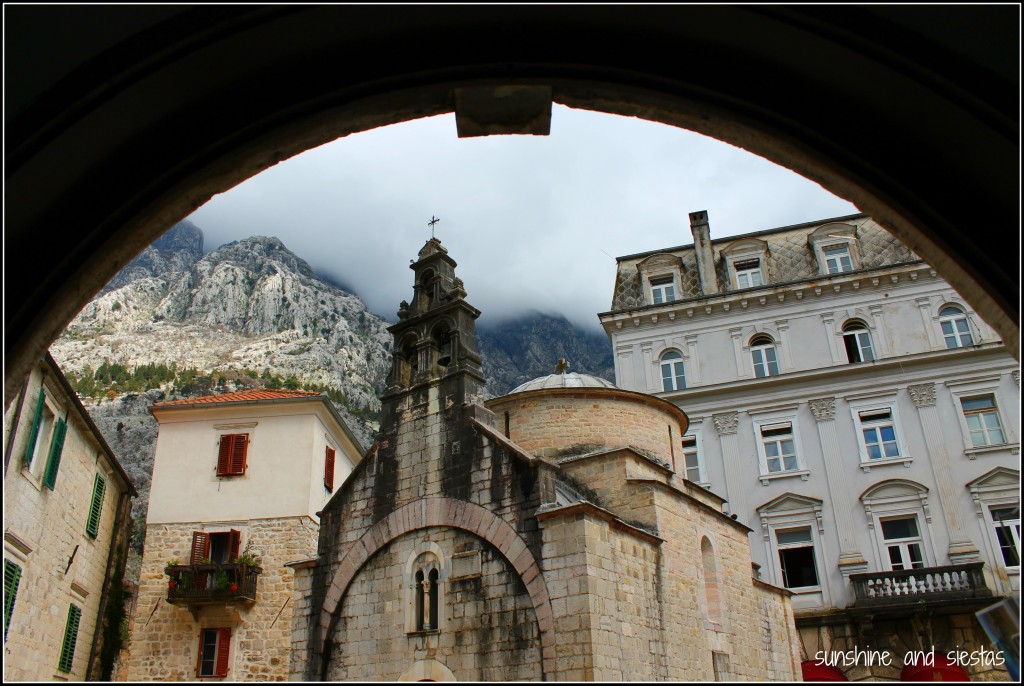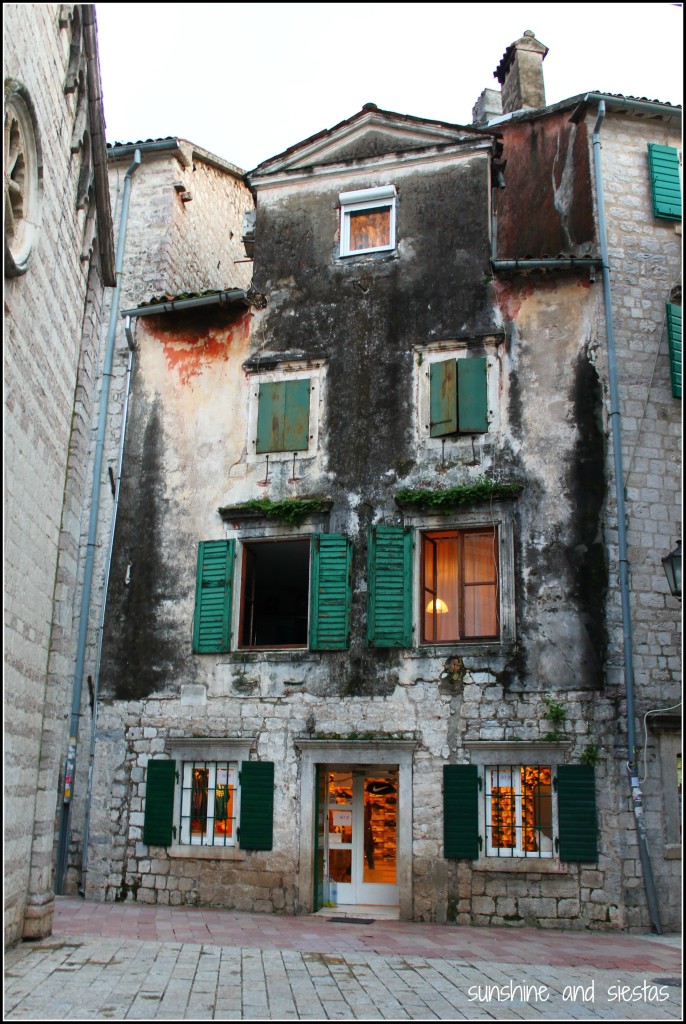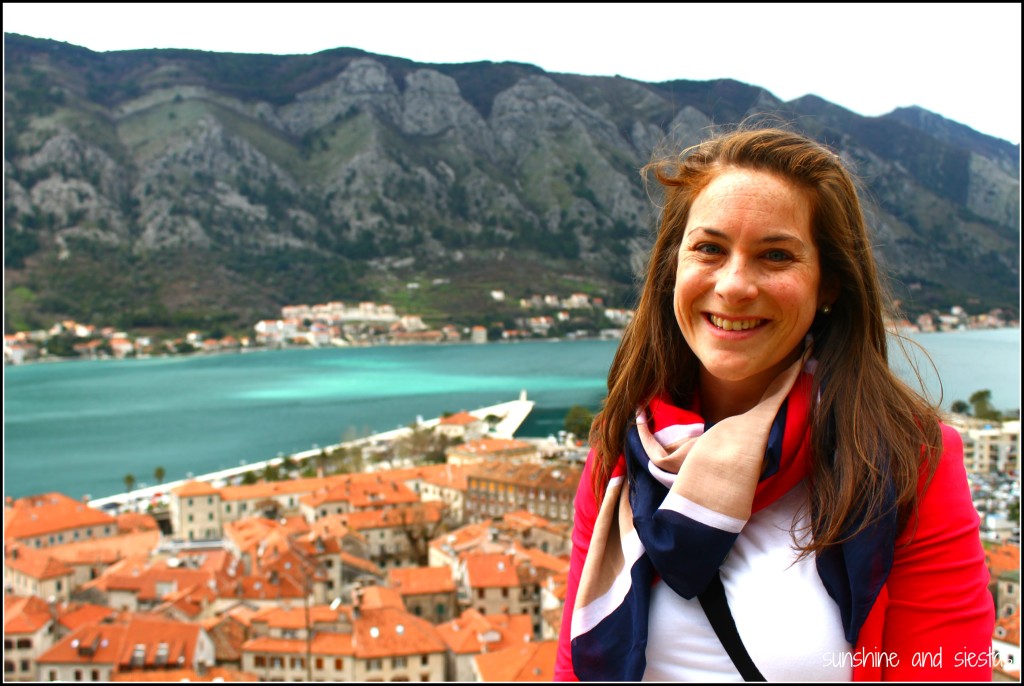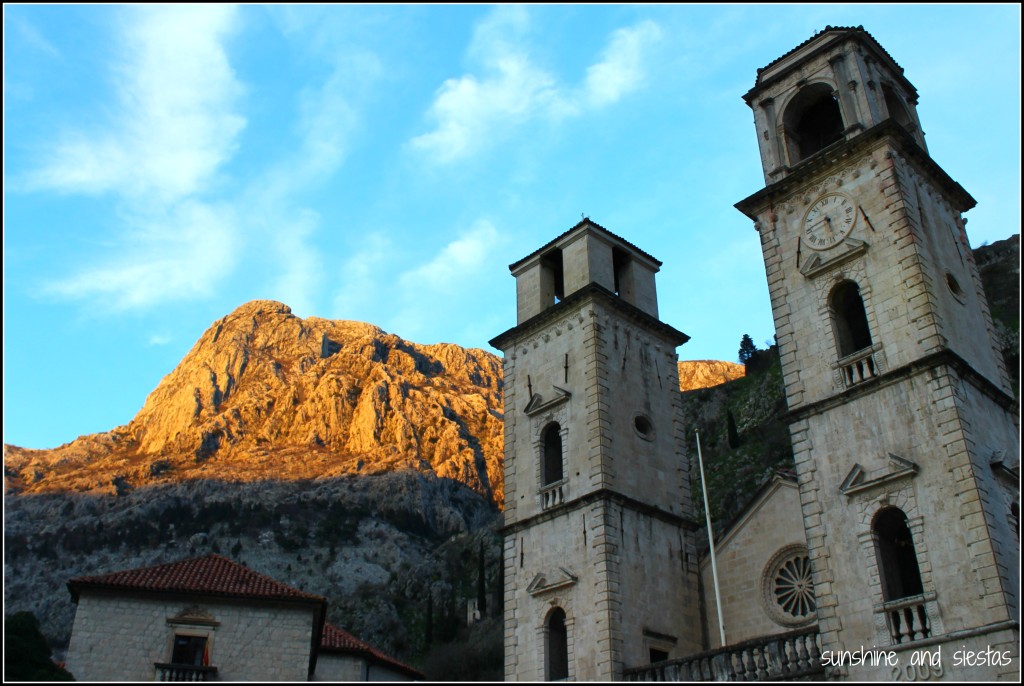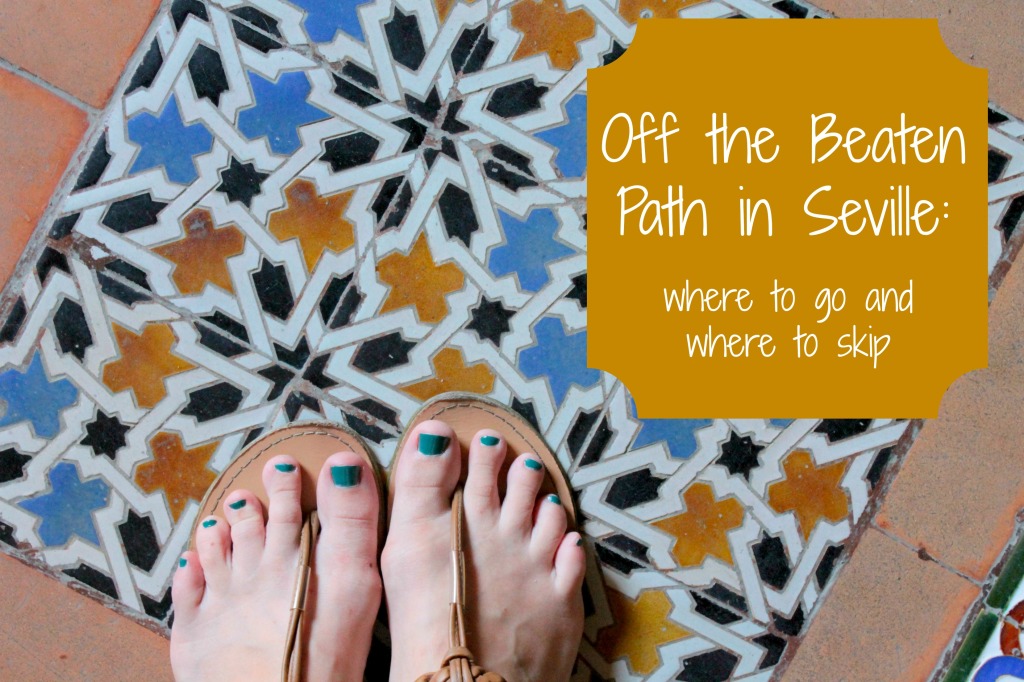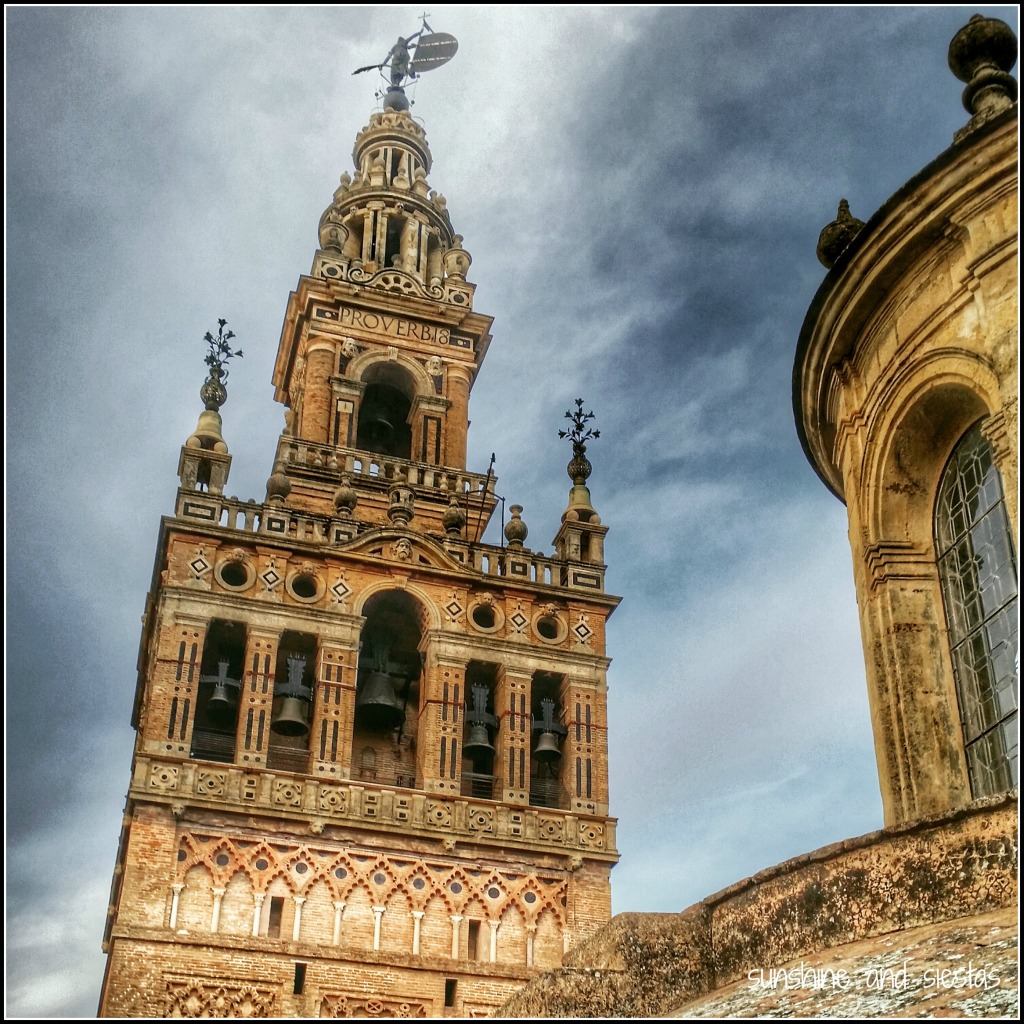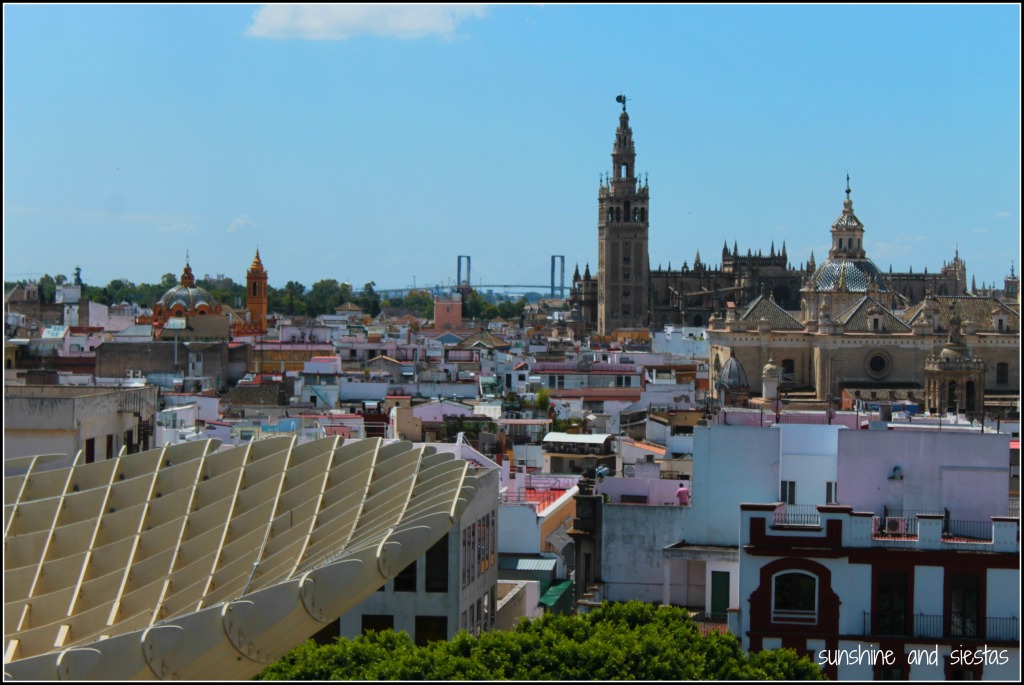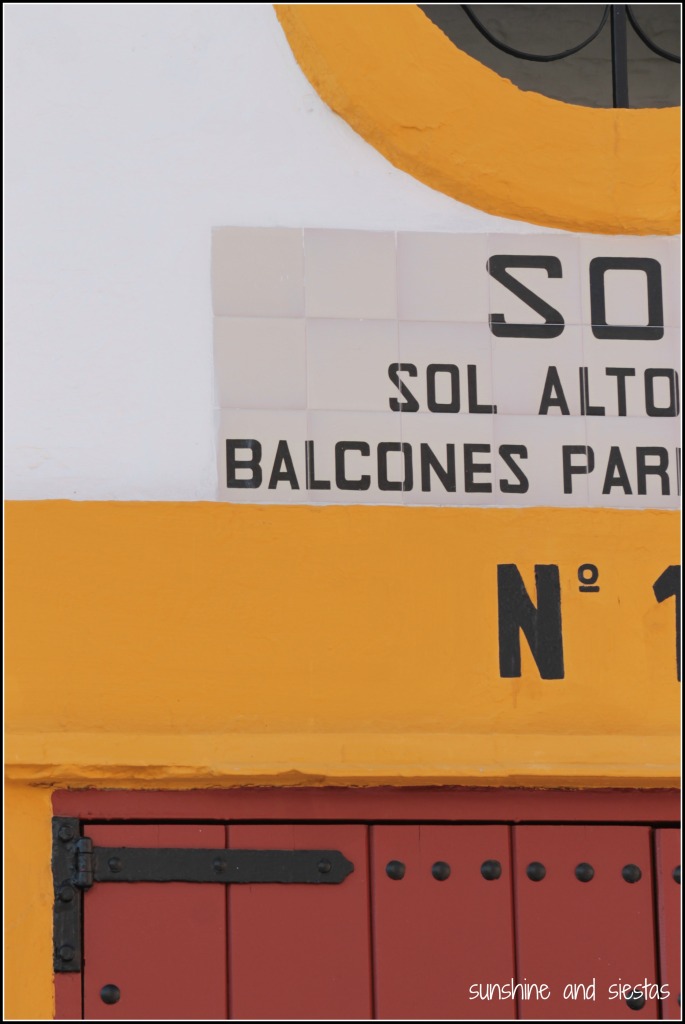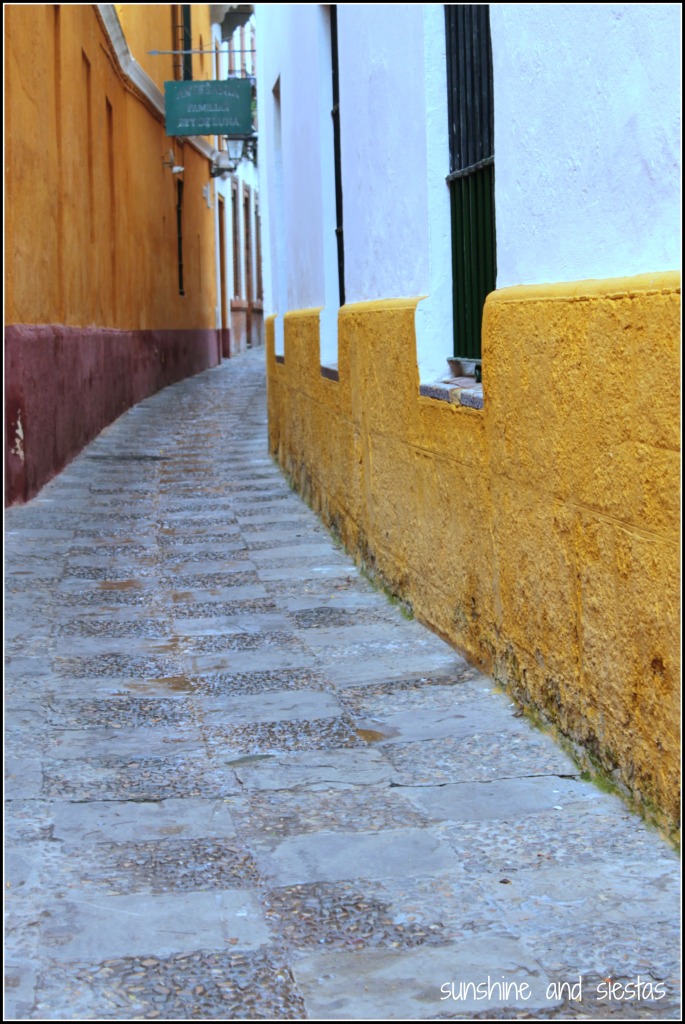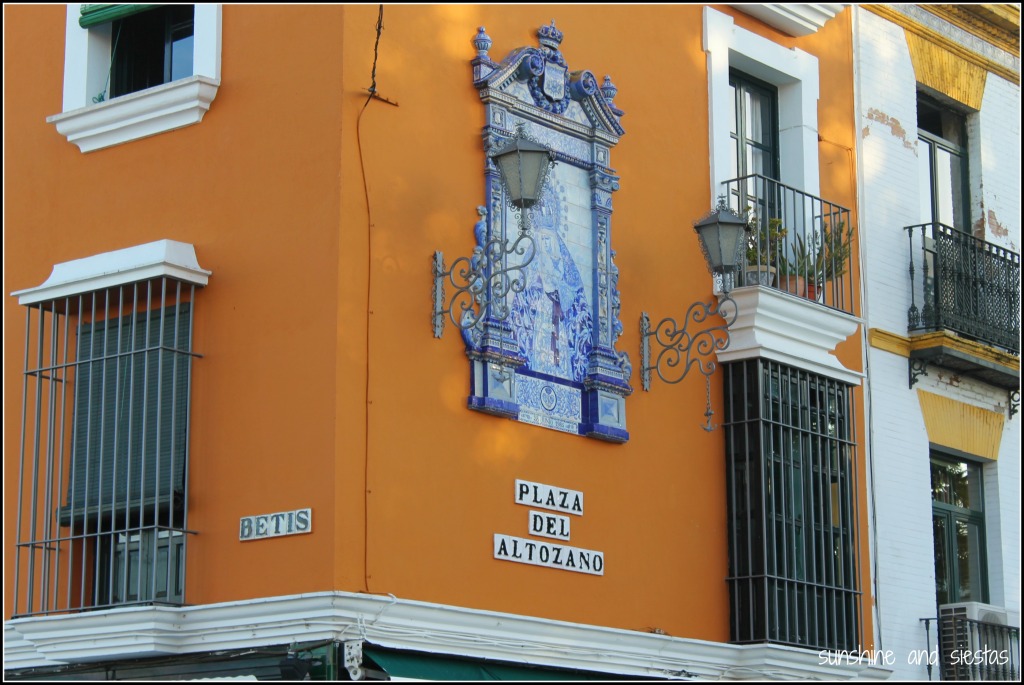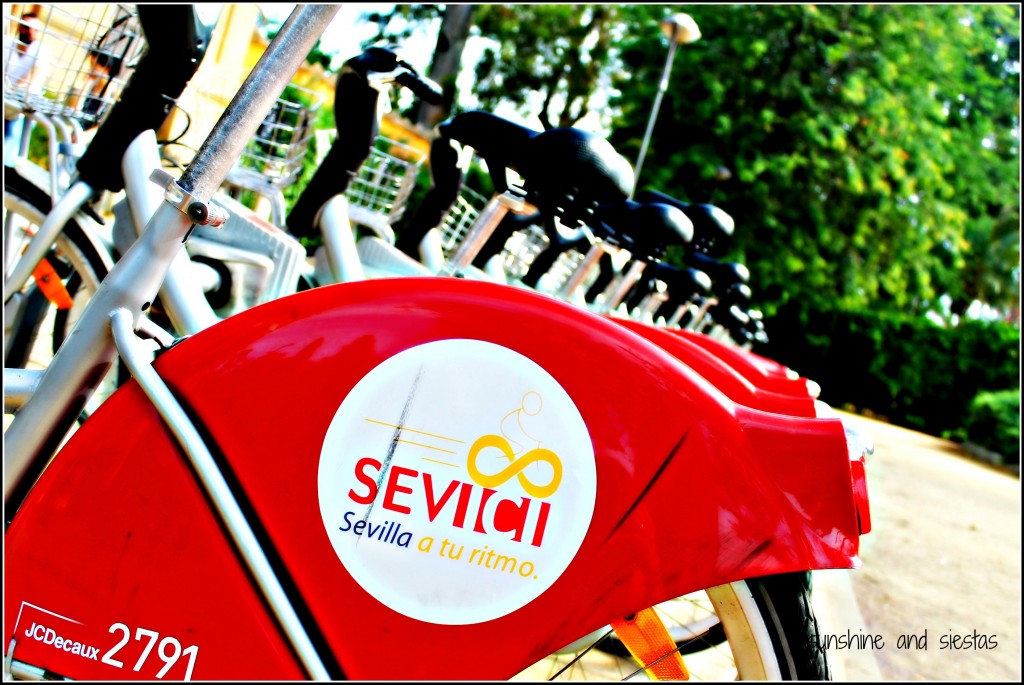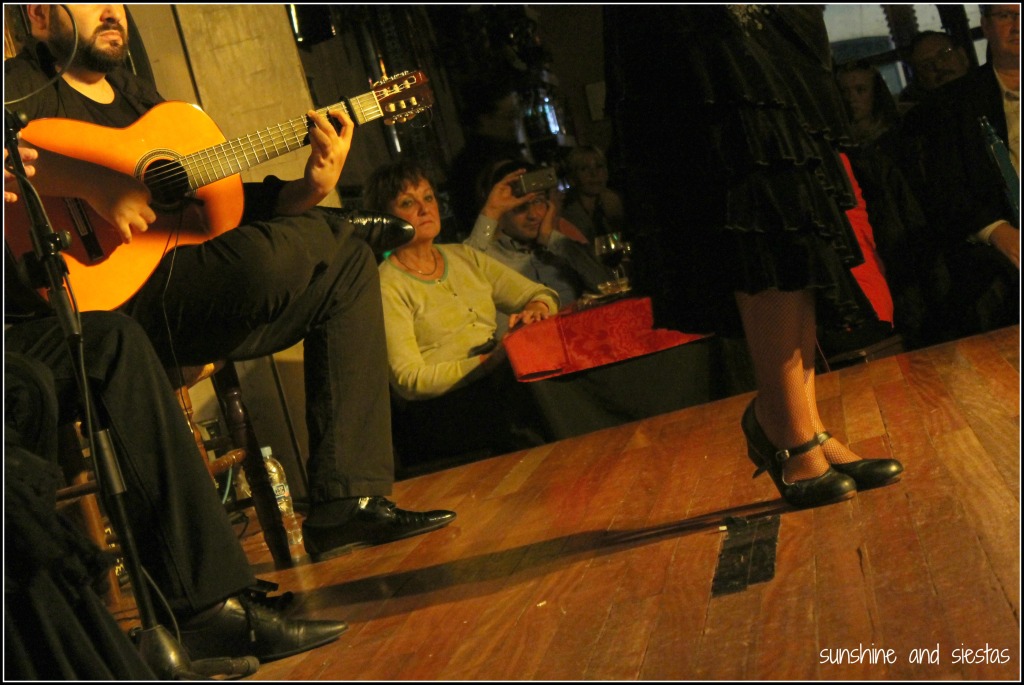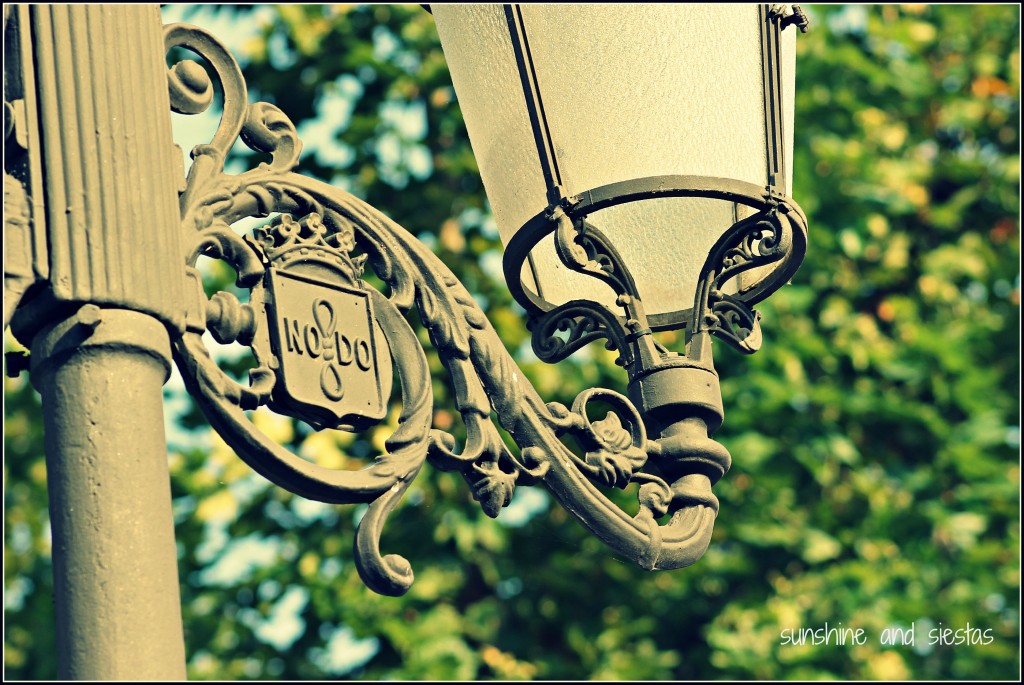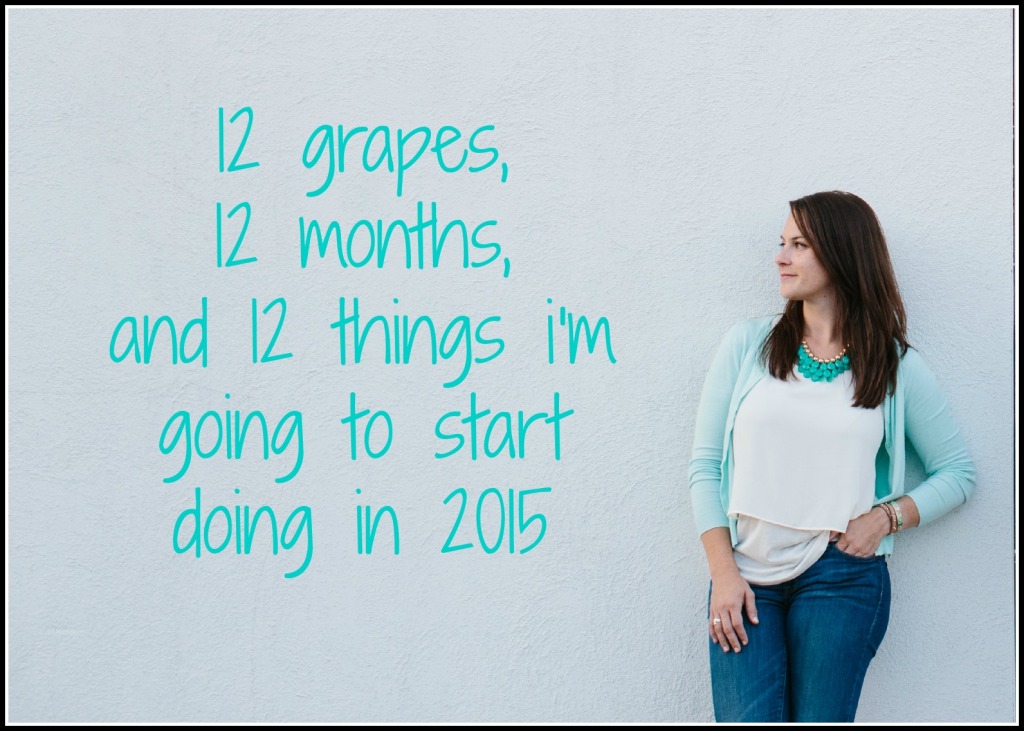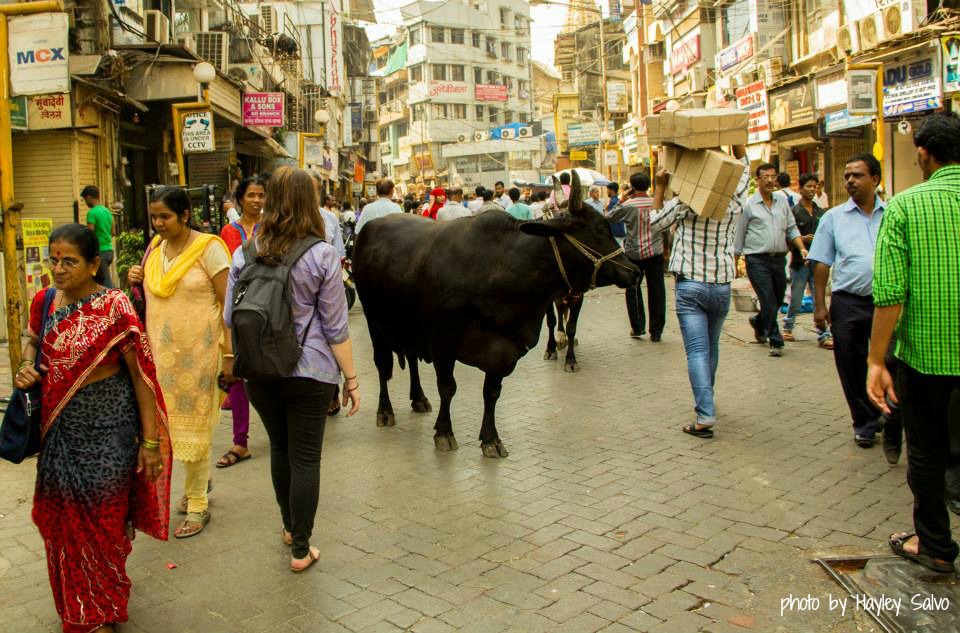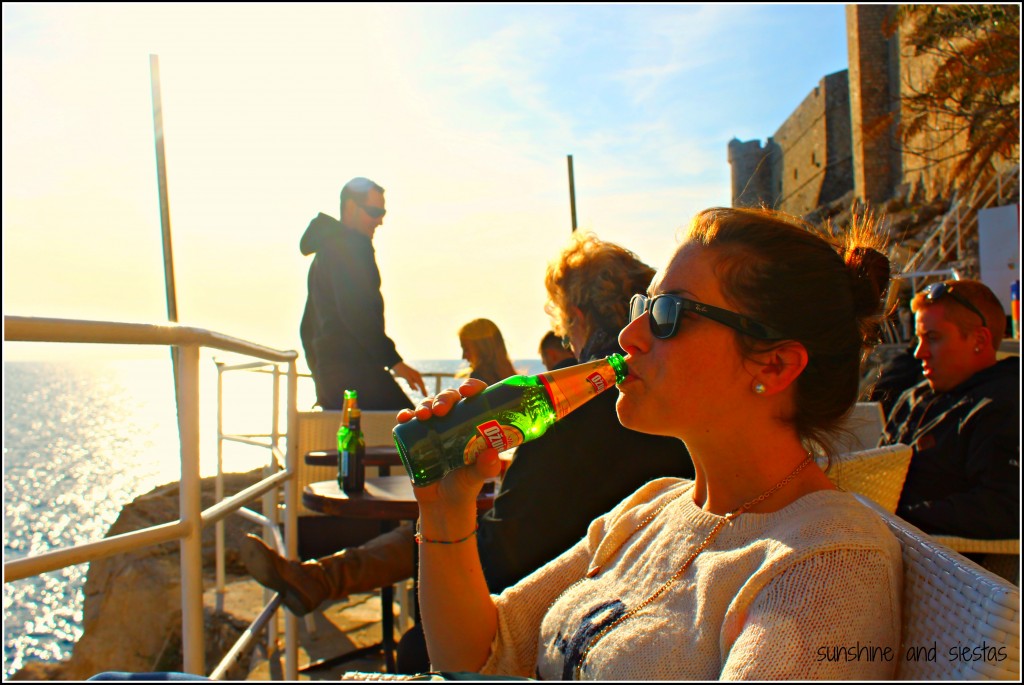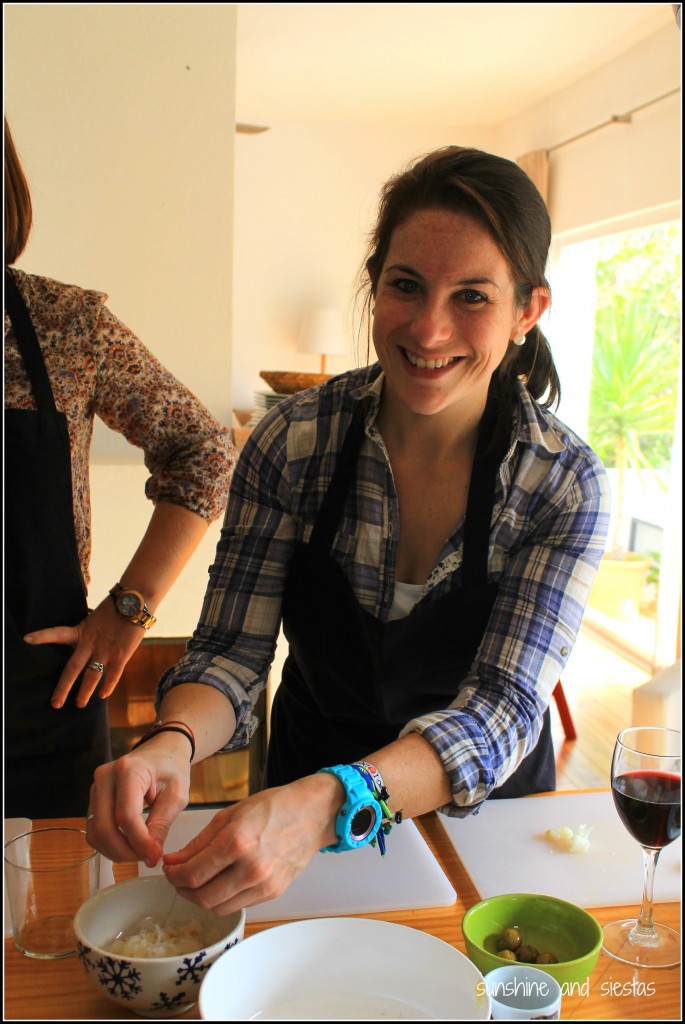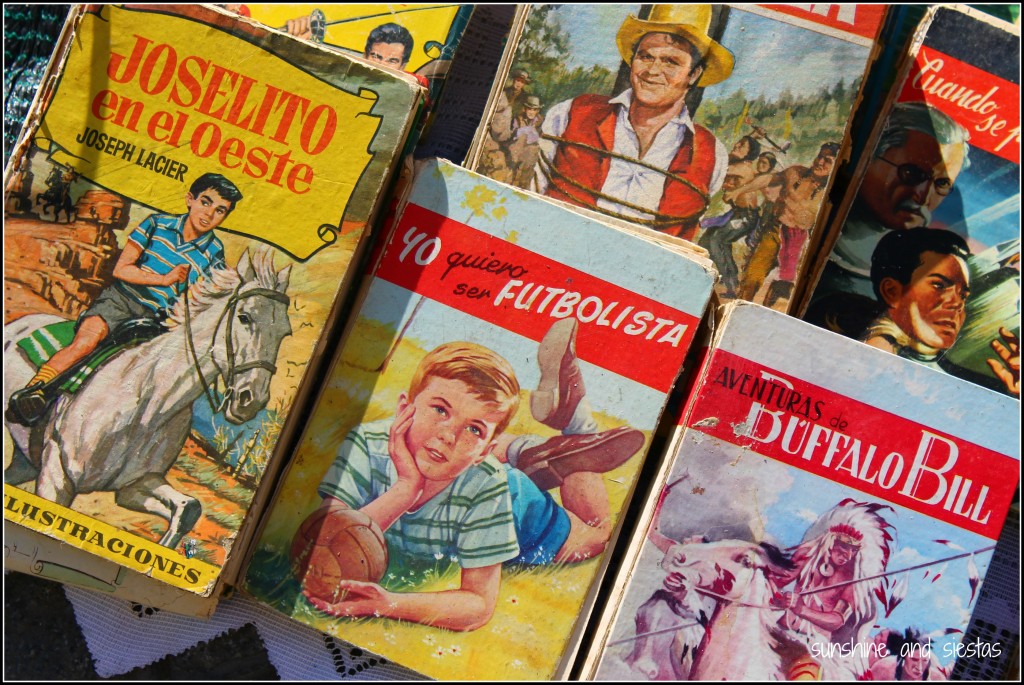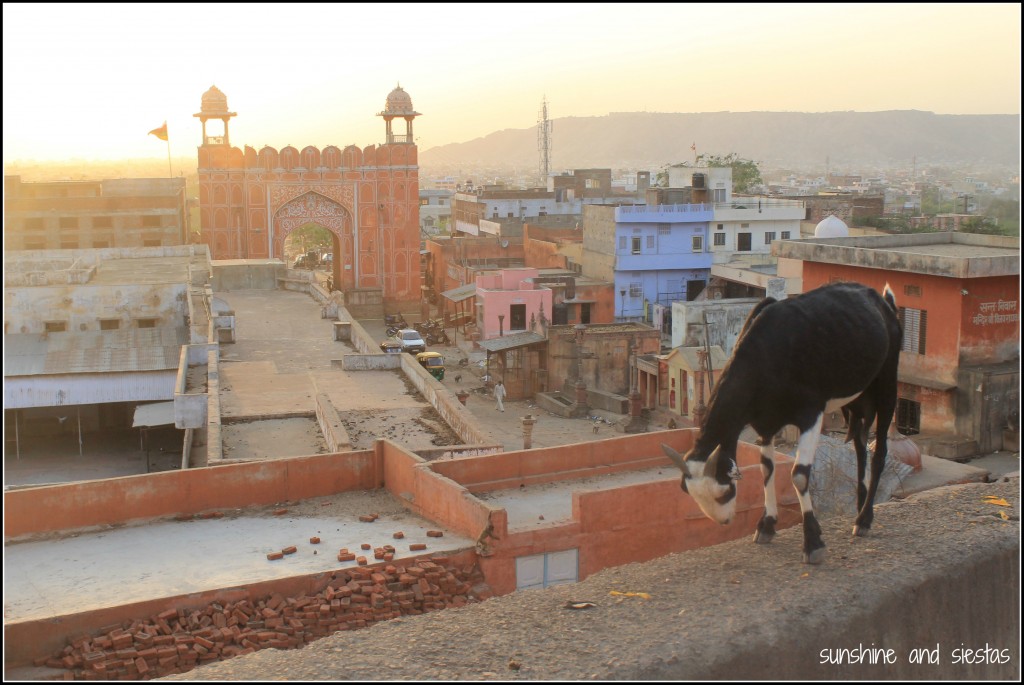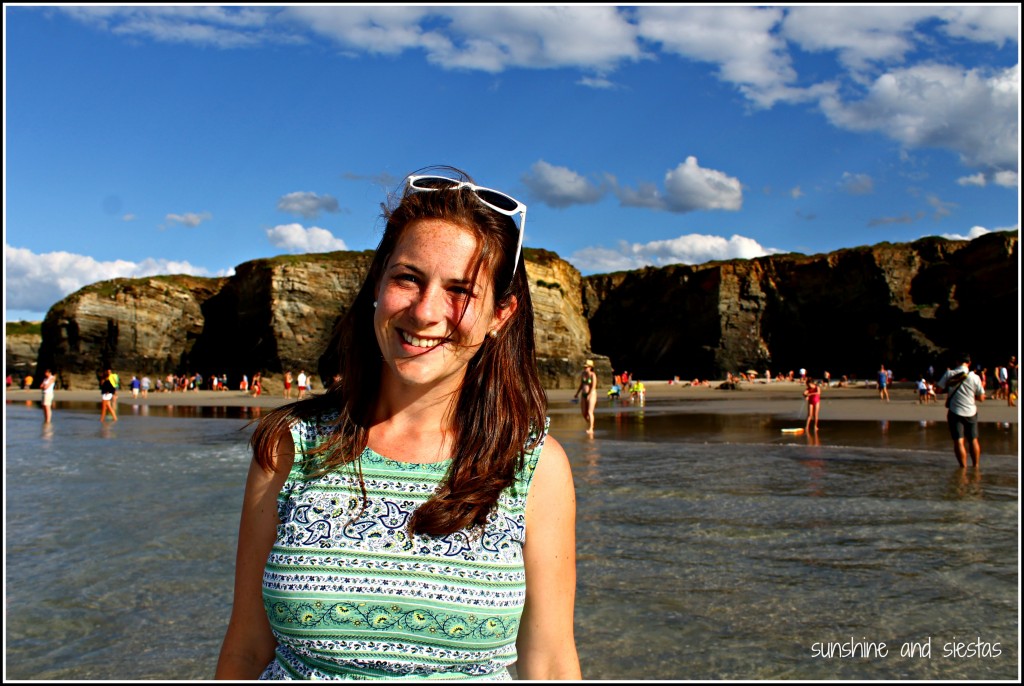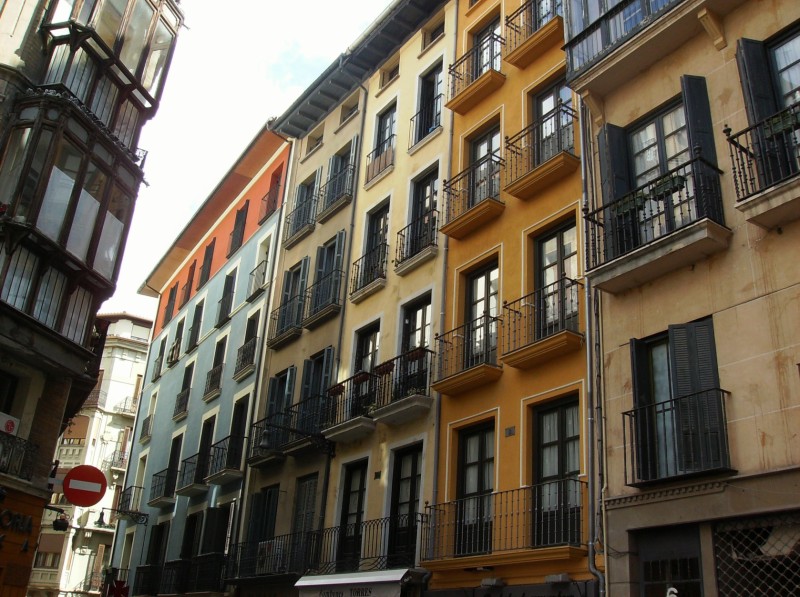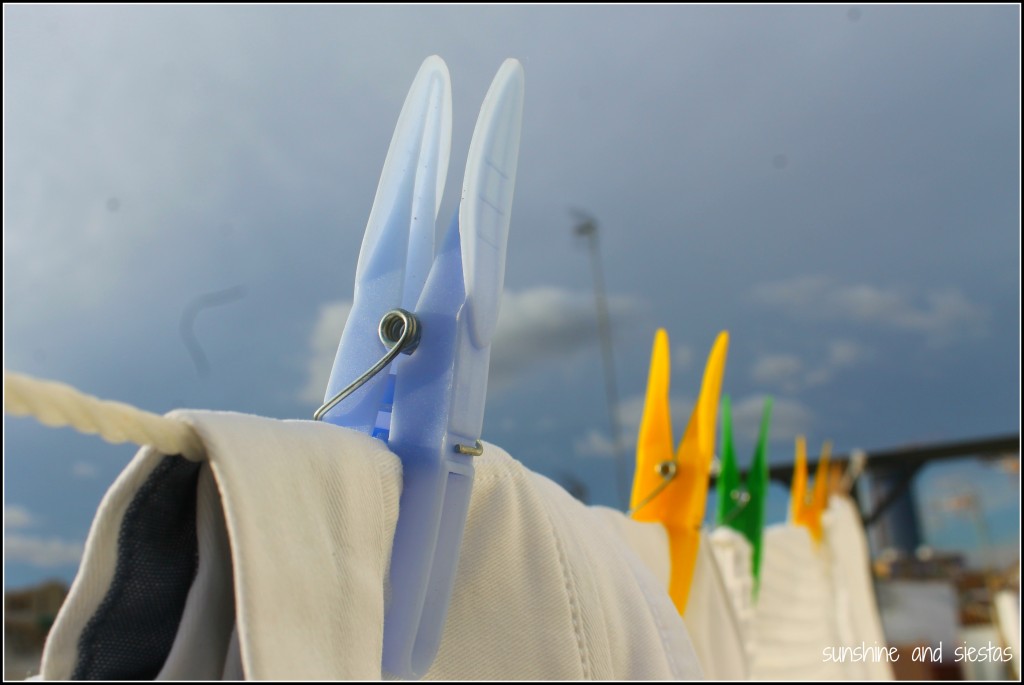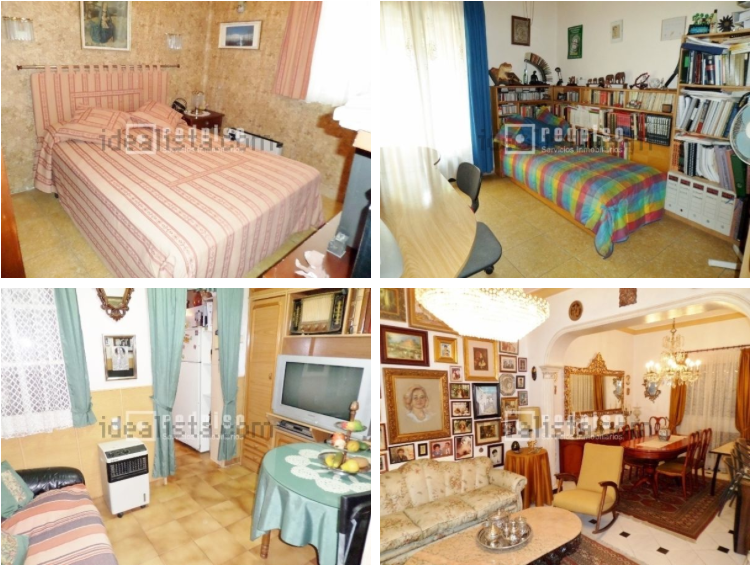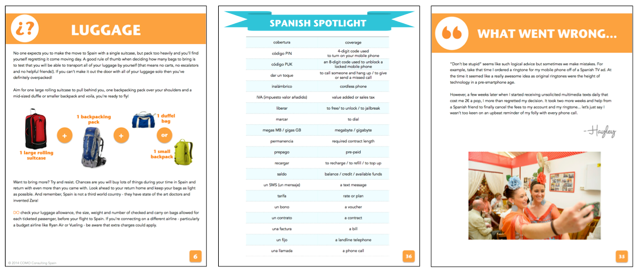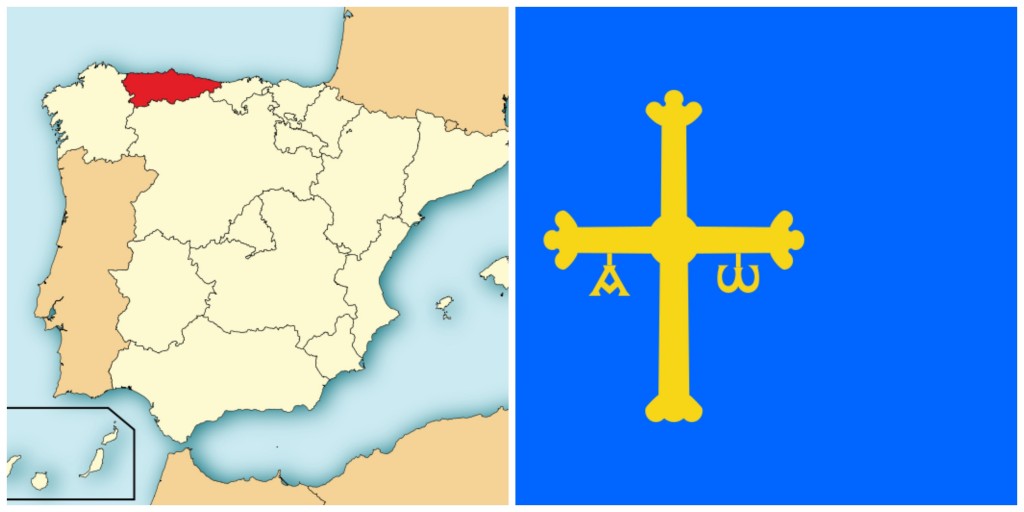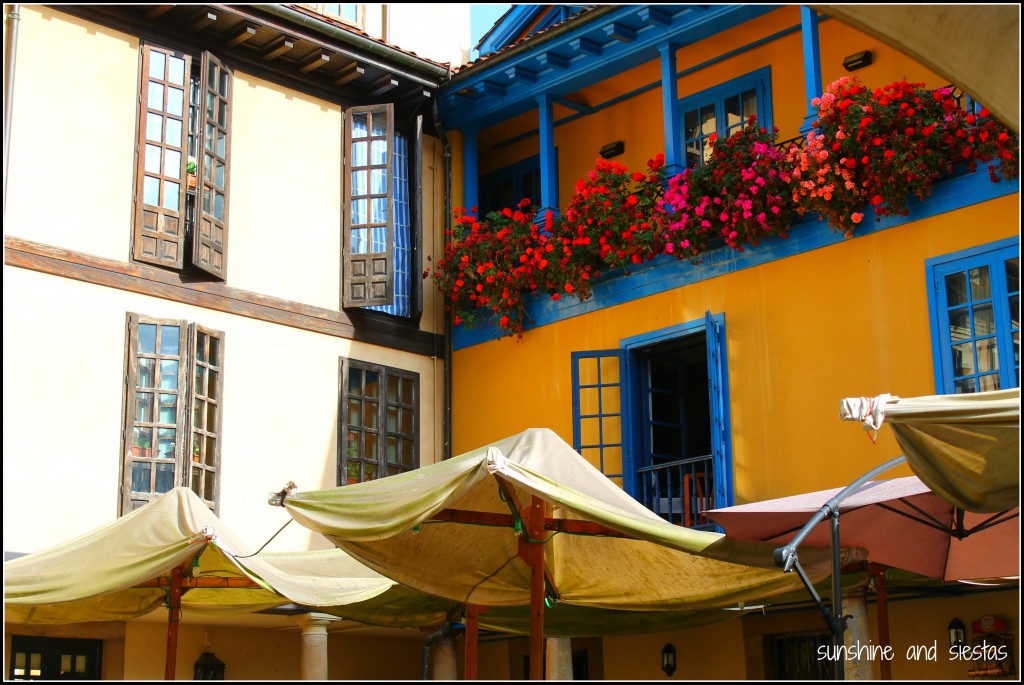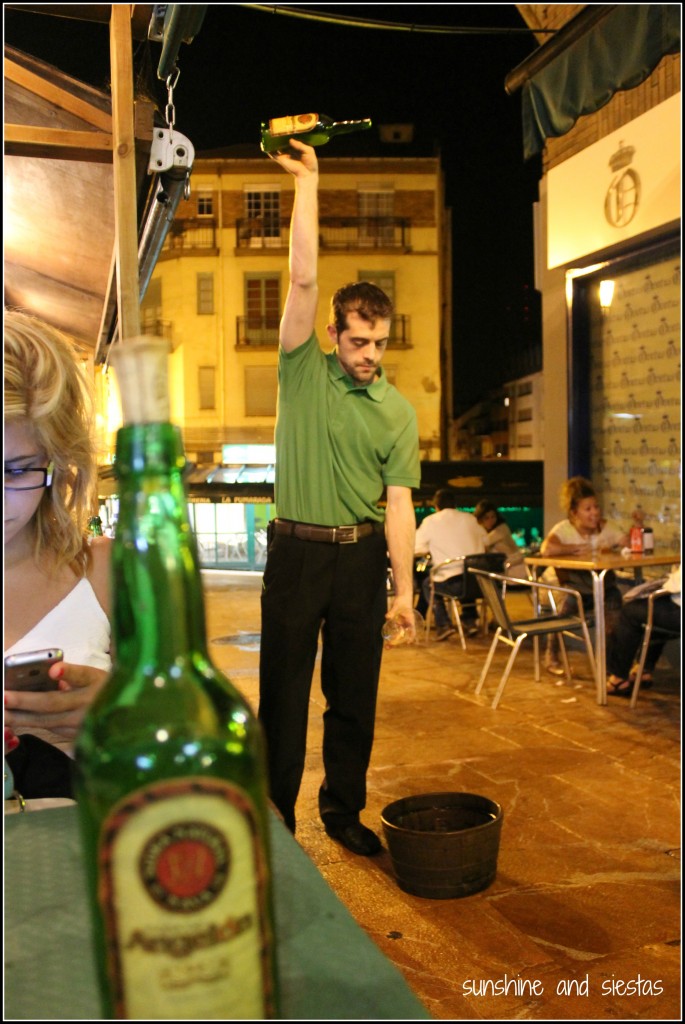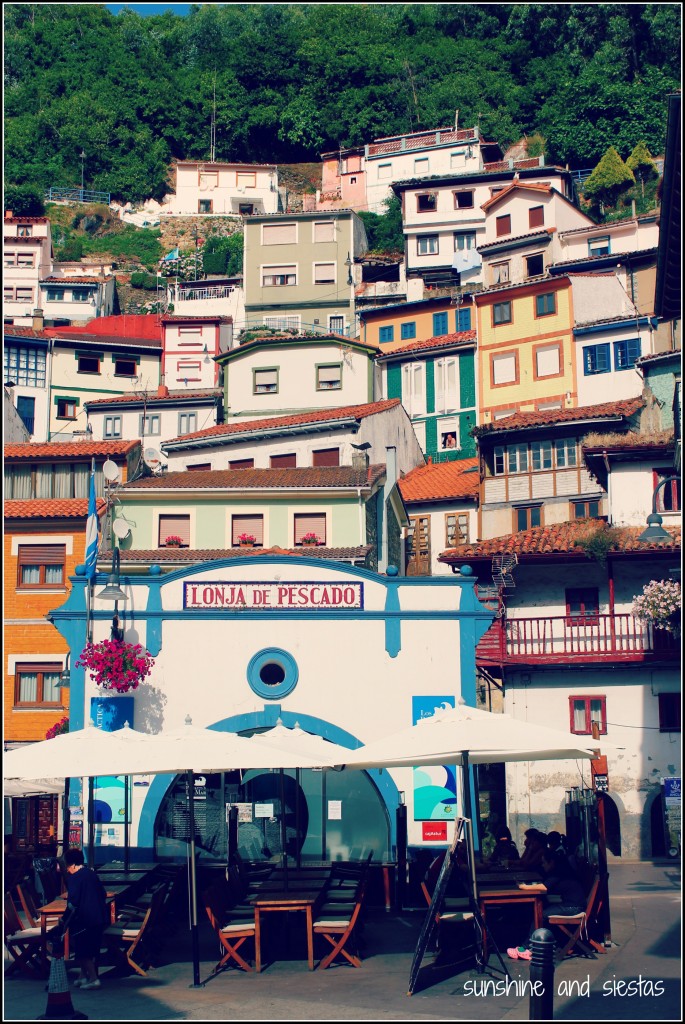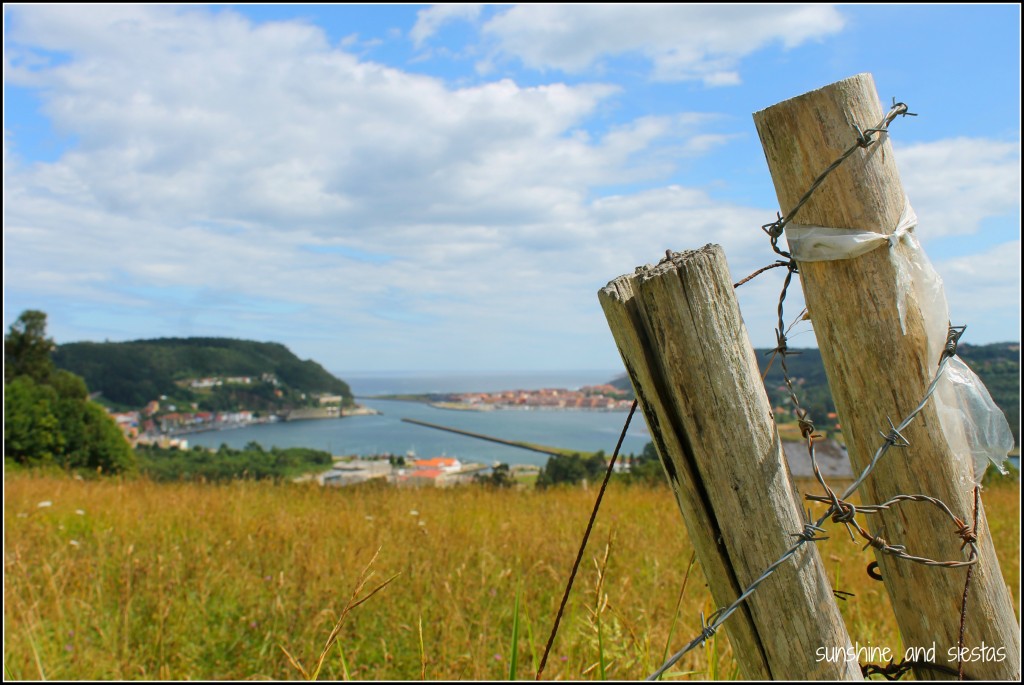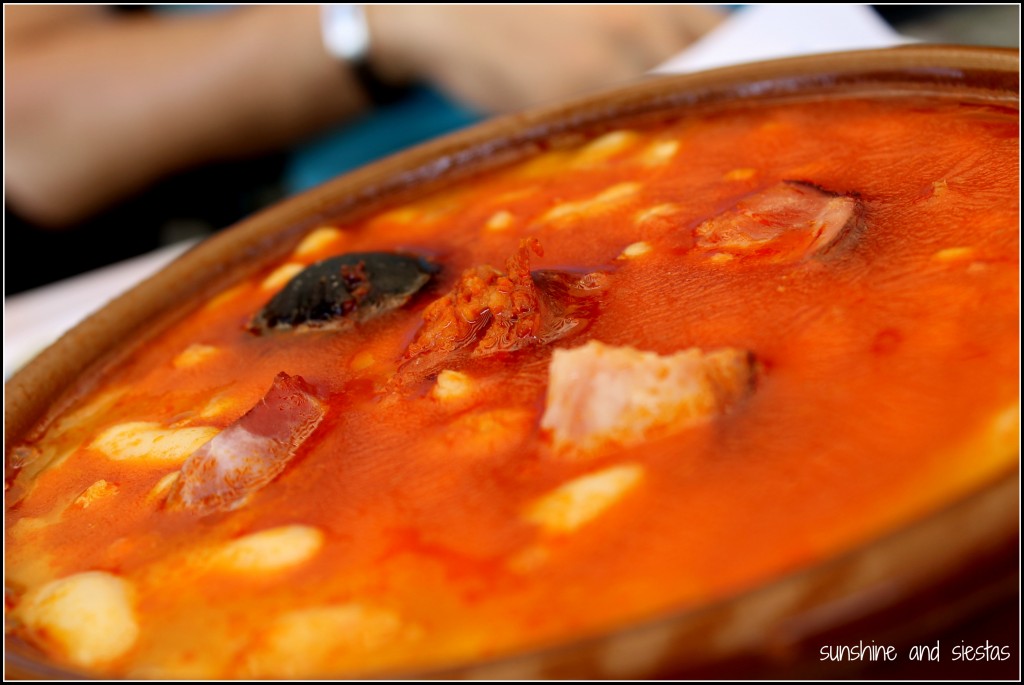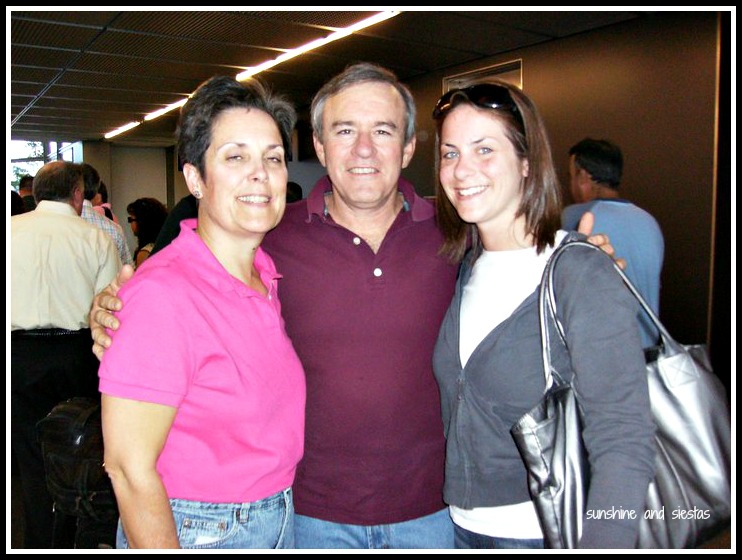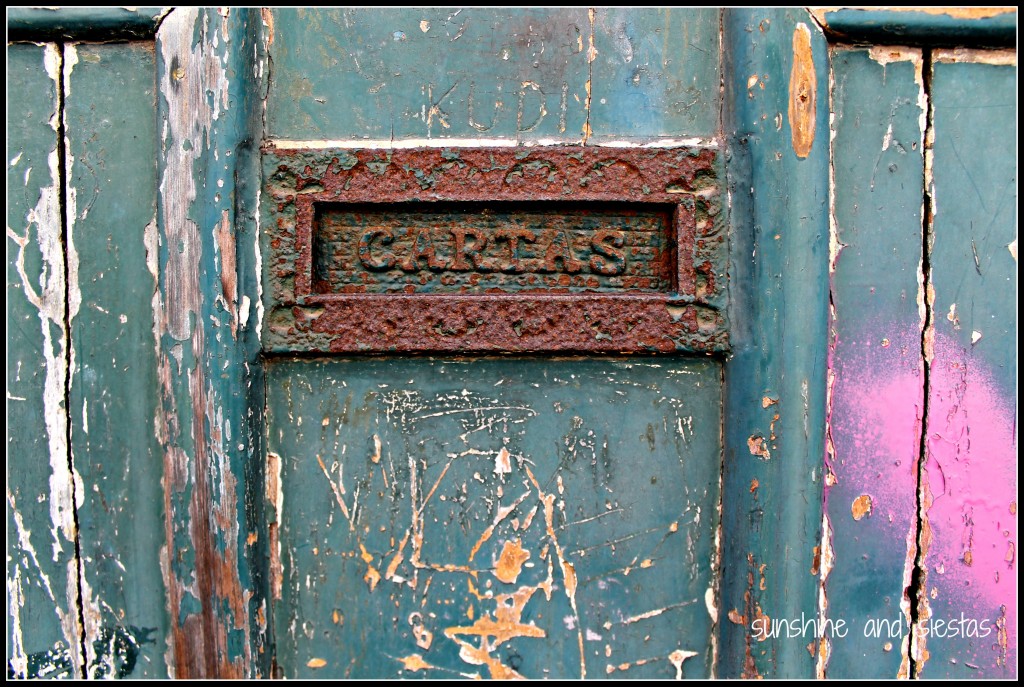Kotor was moody and fickle. Storm clouds – dark and heavy – threatened to ruin our hike, but midway up the mountain, the temperature had surged five degrees, leaving me sweaty for a picture proclaiming I’d reached my 30th country.
But, joder, she was worth the wait.
I’ve always traveled with a heightened sense of awareness – most notably, with my five senses. I can nearly savor the fried grasshoppers in Beijing or hear the call to prayer in Marrakesh (maybe those are just the annoying church bells at my local parish). In Kotor, though, I felt nearly numb to anything else but sight.
Emerald water and beet red roofs contrasted the ominous grey mountains that wrapped around the bay and the slate houses. Small boats bobbed as the waters lulled and lapped against the port. The mountains seemed hung from the sky.
Our road trip around Europe’s newest country had very loose rules. From our base in Herceg-Novi, we spent a few days doing our normal travel thing: wake up, drive the car around until something pretty caught our eye, gorge on cevapi sandwiches and local beers (and the addictive JOST! snacks).
The weather turned from bad to worse as we descended on Montenegro via Dubrovnik, including a hail storm and power outage once we reacher Herceg-Novi on empty stomachs. Each day, we’d simply drive out of town on the main road, keeping the Bay of Kotor on the right hand side of the vehicle and tick towns off the map: Perast, Tivat, Budva.
The undisputed jewel of the Montenegran Adriatic is Kotor. An unblemished Old Town, traces of Venetian, Ottoman and Napoleanic prowess and a varied population make it a popular destination and UNESCO World Heritage city.
2013 was a red-letter one for me as a professional and as a traveler, but only now, two years after our trip, do I feel like I found Kotor to stir up some weird feelings in me.
Arriving in the early morning, we were told to take the stairs out of town that led to the old fortifications and a smattering of old Via Crucis and roadside temples. The 1350 steps were steep and the humidity hung heavy over our heads. Layer by layer, I took off my scarf and blazer as we climbed closer towards the castle and the gradually lightening sky.
Always privy to climb to the highest point of any given city to see it from above, Kotor didn’t disappoint. I probably blinked a few times. Like Dubrovnik, the views were storybook, like something I’d seen on social media and had dreamed up.
The rain held off enough, but the dark clouds of the morning seemed to have cleared up in the sky, but were beginning to cloud my thoughts. I took my obligatory picture at the top, under a red flag emblazoned with a black eagle. Thirty countries, jaw-dropping views…and I was rather blasé about it.
Back in town, we tucked into a cheap local beer and greasy pizza slices before wandering the small but stunning well preserved old town. I can’t recall many details from the afternoon, save the pristine city streets juxtaposed with the jagged rock face of the surrounding mountains, the cats leaping onto café chairs, the domes of the Orthodox churches. My sight prevailed, but I failed to catalogue sounds or smells or even a local taste.
Nothing exciting, nothing unordinary, nothing particularly great or not great describes my day in Kotor, and even the way I’m beginning to feel about travel.
Kotor marked a beginning and an end, in a way. Since I was 20, I’d longed to travel to world and learn a language or two. I told myself 25 by 25 would suffice, and pulling into an abandoned bus terminal in Prague at the break of dawn before my 25th birthday meant I’d have to rethink my goal.
Afterwards came Romania, Turkey, Andorra, and Montenegro (and then Slovakia and India), and I surpassed that goal before turning 28. A beginning to more mature travel and an end to constant moving.
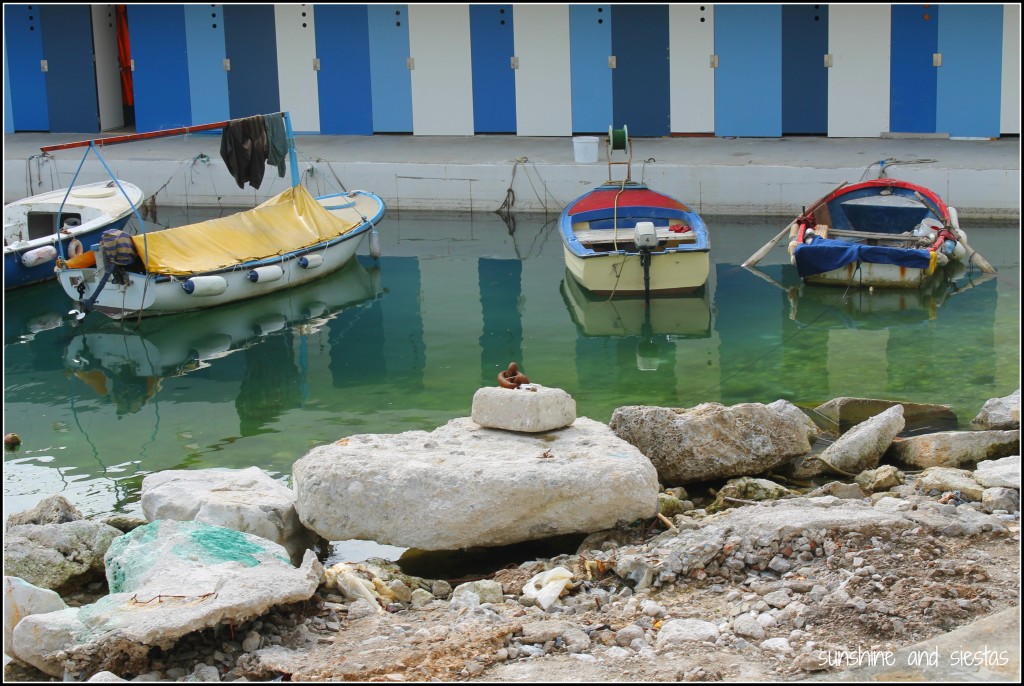
I’ll be 30 in less than two months, with a mortgage and a new husband to boot. Travel hasn’t lost its sheen completely, but my preferred web sites are decidedly devoid of budget airline sites. I still get delight out of pinning places and reading blog posts about travel gear and news apps and far-flung destinations, but I’ve strangely not had much urge to travel.
A close friend asked me recently about my upcoming travel plans and I realized I hadn’t been on a plane sine January, and that was to Barcelona. That my airline miles on AA had expired from disuse. That my rolling suitcase had collected dust. I’m not packing up my passport, but then again, I’m not 100% certain as to its whereabouts.
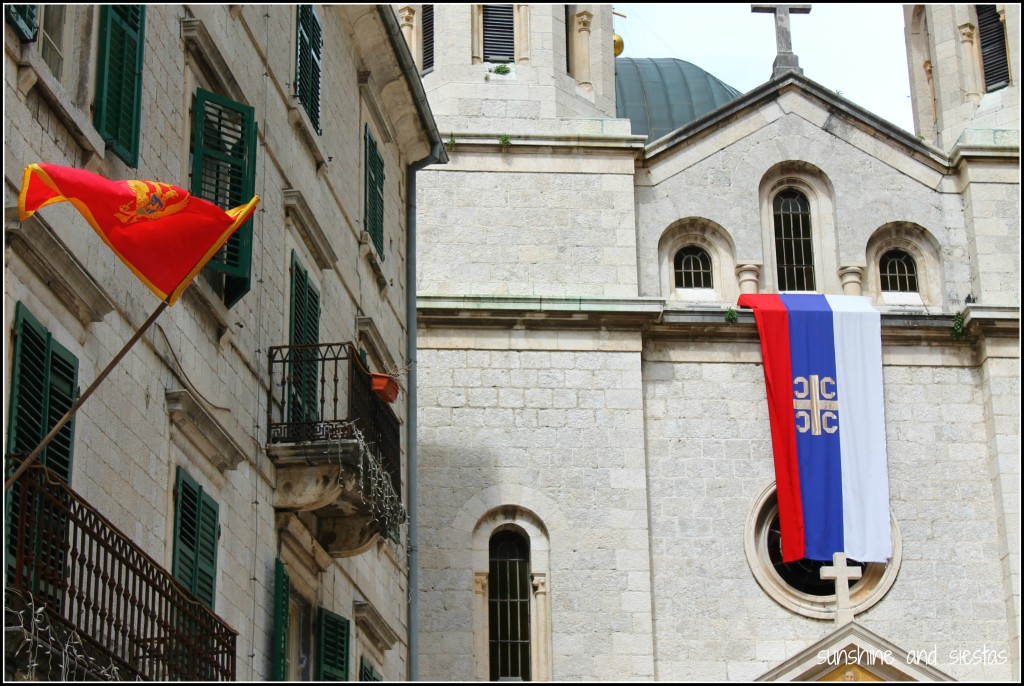
Since money again became a concern after the house (those things cost a lot of money to maintain – who knew?), my trips have been limited to weekends and any place I can reach by car. That’s meant a bachelorette party in Málaga, a solo hike on the Caminito del Rey, scattered weekends in Madrid or San Nicolás. For someone ready to comerse el mundo, it’s a weird – albeit welcome – feeling.
Back in Kotor, we bought and wrote postcards, sipped free beers as we checked our emails and caught up on Facebook, occasionally popping into a shop or craning our necks for a photo. But, as a destination, it garnered a mere, ‘meh.’
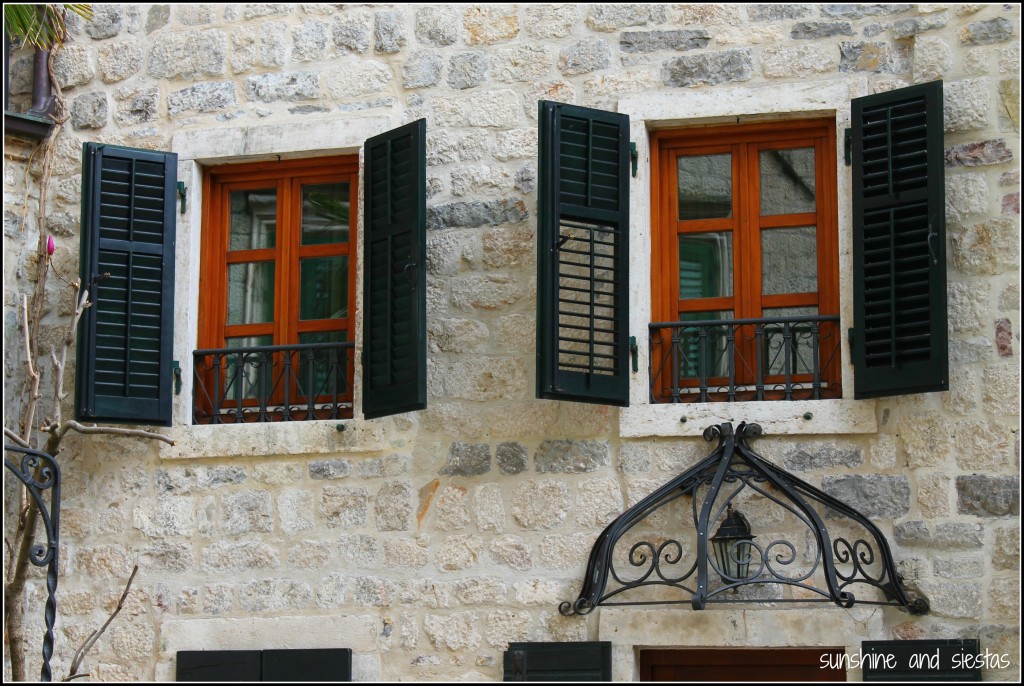
I didn’t have any profound or life-shattering epiphanies upon reaching my 30th country before turning 30, just as I didn’t find enlightenment in India (just a stomach virus and a love for tuk tuks) nor did I figure out the meaning of life on the Camino de Santiago. For the woman who vowed to never feel tied down, I found that I needed a limit, a destination that failed to wow me, a place that made me choose how to spend my money. Kotor was undeniably beautiful, but lacked spark.
I have no big trips on the horizon, and even our post-wedding road trip to New Orleans is an afterthought for me. Walking back over the Triana bridge on a balmy late spring night, I felt tears fill my eyes as the sun was setting. The gentle buzz of traffic, the smell of churro grease, the cobblestones under my feet.
As it turns out, my senses feel most alert in the very place I live, so I think I’ll be sticking around here for a while.
Have you ever experienced a travel slump? How did you overcome it?
